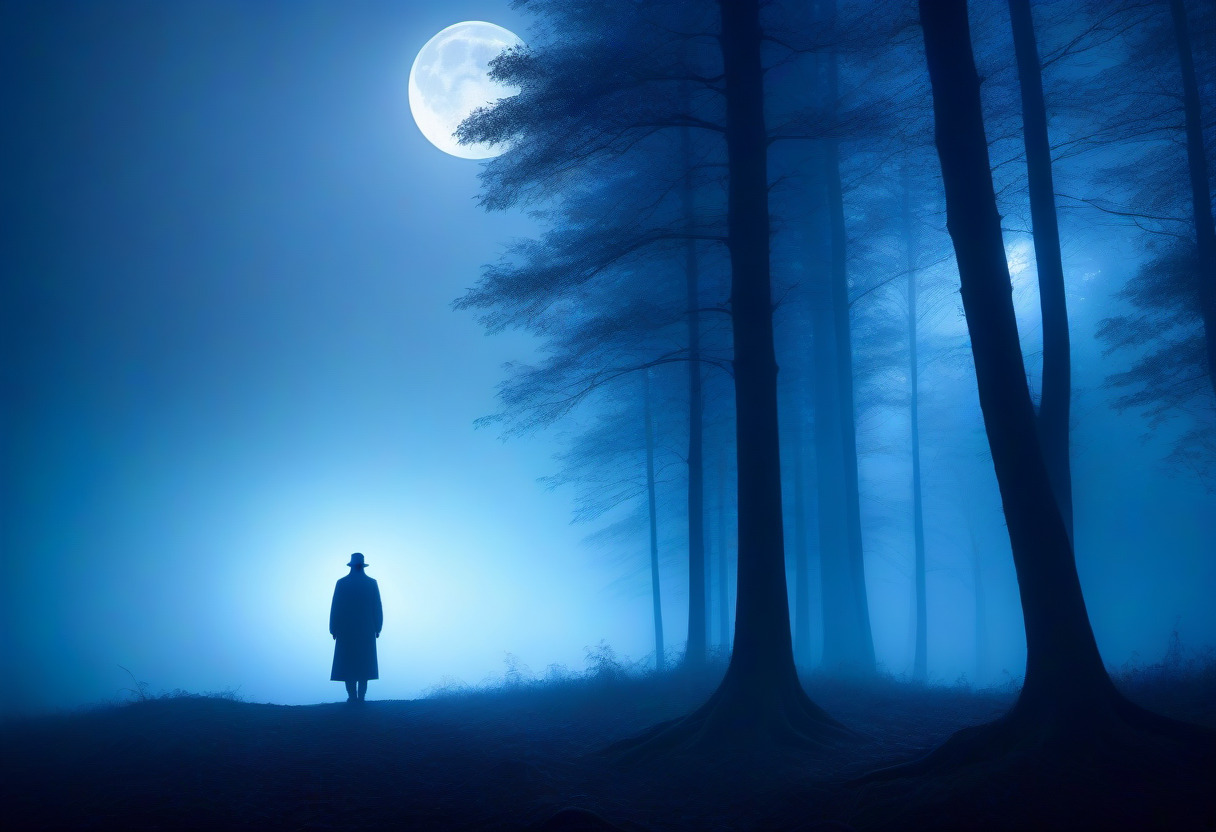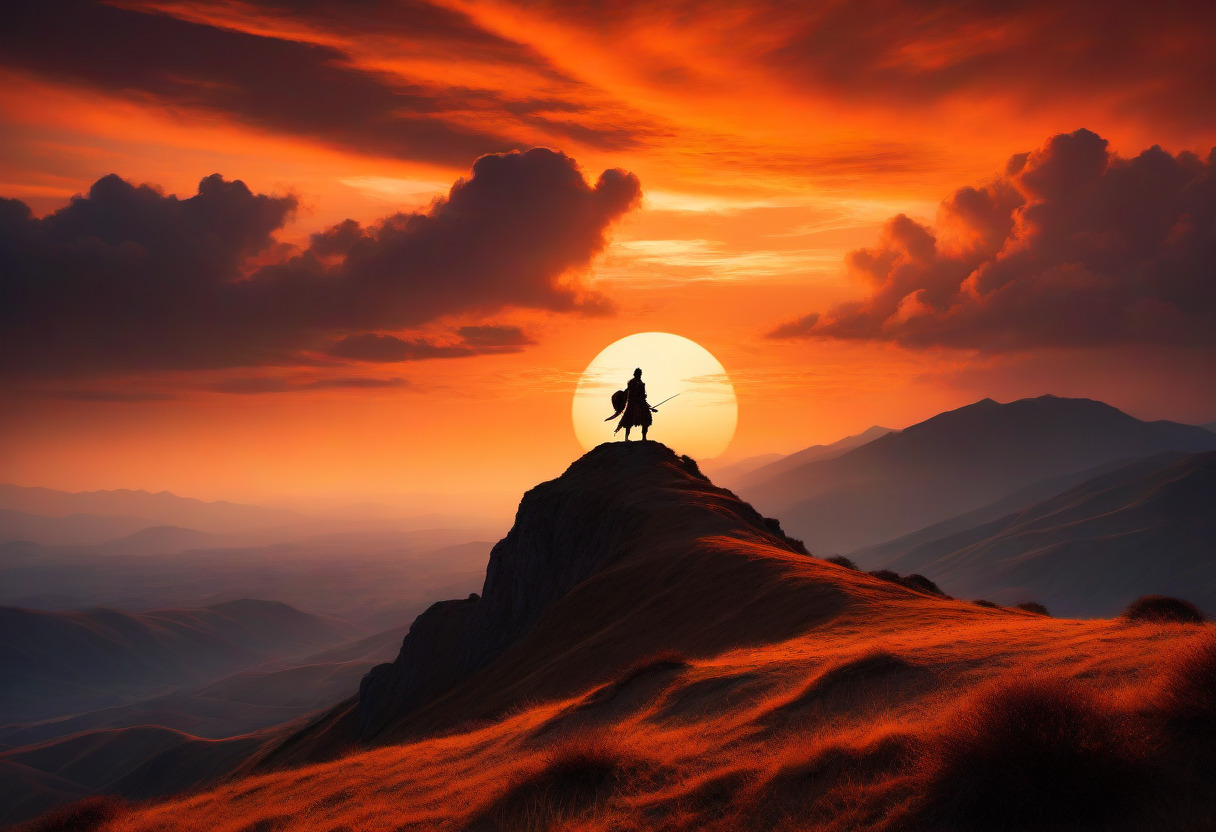Mastering the Art of Imaginative Prompts with WaveAI Image Generator

Unlike its competitors Dall-E and Midjourney, the WaveAI Image Generator doesn’t excel at interpreting traditionally written prompts to produce precise images. This compromise allows users to bypass the stringent censorship and limitations present in other models.
Nevertheless, this doesn’t mean the WaveAI Image Generator is inefficient at turning creativity into visuals. In fact, with the right techniques, it can outperform its more restricted counterparts.
To fully leverage the array of features the WaveAI Image Generator offers—like image-to-image, ControlNet, AnimateDiff, among others—the initial skill to hone is prompt writing.
With this goal, we’ve crafted this guide to assist newcomers in developing effective prompts that result in the desired images. Dive in to enhance your creative expression skills!
Break it down and use keywords For the WaveAI Image Generator, verbose, book-like descriptions don’t fare well. Instead, opt for specific visual cues in your prompts to help produce clearer and more detailed images.
Utilizing a list of comma-separated keywords that describe the scene and its components is highly effective. Break down your descriptions into character details, camera focus, lighting, colors, style, and individual elements for optimal results.
For example, you might use the following prompts:
Example: “Mysterious figure, standing, moonlit forest, fog, blue hues, impressionist style, focus on silhouette, dramatic lighting, sharp details, photorealistic, ultra HD, 8K.”

Example: “Draconian, Wild berry bush, hyper detailed, (autumn :1.2), Bokeh, Grim, Glitchcore, F/1.8, Low Contrast, Ektachrome, Romantic, flat lighting, gilded technique, DOF, bokeh, 8K.”

Example: “Ancient warrior, poised, atop a windswept hill, sunrise backlighting, intense shadows, vibrant orange sky, dramatic clouds, cinematic, high resolution.”

2. Experiment with Various Styles and Perspectives
Encourage the model’s creativity by experimenting with different artistic styles and perspectives. Adding an original twist to your prompts can significantly enhance the creativity of the generated images.
- Realistic: This style aims to faithfully replicate the real world with detailed and authentic elements.
- Abstract: Encourage the model to think outside the box by requesting an abstract representation of a concept, which allows the model to experiment with shapes, colors, and forms.
- Impressionistic: Drawing inspiration from the Impressionist art movement, this style focuses on capturing the essence of a scene rather than the minute details.
- Cartoon/Comic/Manga/Anime: Specify these styles to evoke a more light-hearted or dramatic feel, utilizing the aesthetics well-known in Japanese culture and beyond.
- Minimalistic: Challenge the model to strip everything back to basics, focusing on the essential elements of a scene.
- Bird’s Eye View: This perspective offers an overarching view of a landscape or cityscape, providing a comprehensive snapshot of the area.
- First-Person Perspective: Create a more immersive experience by generating images from the viewpoint of an individual within the scene.
- Macro Perspective: Highlight the beauty of small details by focusing on them closely—ideal for nature scenes like the texture of a leaf or the wings of a butterfly.
- Wide-Angle Perspective: Capture expansive scenes with a wide-angle lens effect, which is particularly effective for landscapes or architectural photography.
- Over-the-Shoulder Perspective: This perspective adds a sense of intimacy and involvement in scenes involving characters or specific activities.
Additional Example for Style: “Retro-futuristic skyline, dusk, neon lights, bustling streets, reflective wet asphalt, cyberpunk, vibrant color palette, ultra-wide angle.”
3. Integrate Story Elements Without Explicit Narration
Introduce elements that suggest a narrative without explicitly spelling it out. This can result in more dynamic and engaging visual outputs.
4. Focus on Vivid Imagery Over Narration
Let go of traditional storytelling techniques and delve into the realm of fantasy. Use concise, evocative phrases like “Dragon, mountain!” to simplify your input while allowing the model’s imagination to take precedence. Keep the AI guidance scale low to afford the model more freedom to interpret the prompt.
5. Infuse Emotions into Your Palette
Speak the language of colors and moods to challenge the model to depict scenes that are “serenely mysterious” or “joyously enigmatic.” This approach can be surprisingly effective, especially when using the more advanced capabilities of WaveAI Image Generator models.
6. Use Negative Prompts Effectively
In addition to your main prompt, include instructions on what the model should avoid, such as “no humans.” This helps the model focus more precisely on desired elements and ignore others, resulting in more accurate visual outputs.
7. Enhance Artistic Impact with Emphasis Techniques
Utilize brackets to emphasize critical elements within your prompts, such as “(masterpiece, top quality, best quality, extremely detailed, highest detail, official art:1.2).” This method helps highlight specific aspects of the scene you wish to accentuate.
8. Optimize with Negative Embeddings
Negative embeddings are a nuanced way to communicate what to exclude without lengthy explanations. For example, if normal hand depiction is problematic, you could use an embedding like “mutilated, deformed, extra fingers, extra hands, weird fingers, mutated fingers…” to avoid creating abnormal hand images.
Conclusion
Think of creating prompts as composing a piece of music; practice, experiment, and continually refine your technique. A minor alteration in wording or color can dramatically transform the outcome of your visual creation. Remember, when working with creative models like WaveAI Image Generator, experimentation is key to unlocking true creative potential.
If you’re eager to hone your skills with WaveAI Image Generator, visit rendernet.ai. Try out the same prompt on different models, see how they vary, select your favorite, and start fine-tuning your approach!
